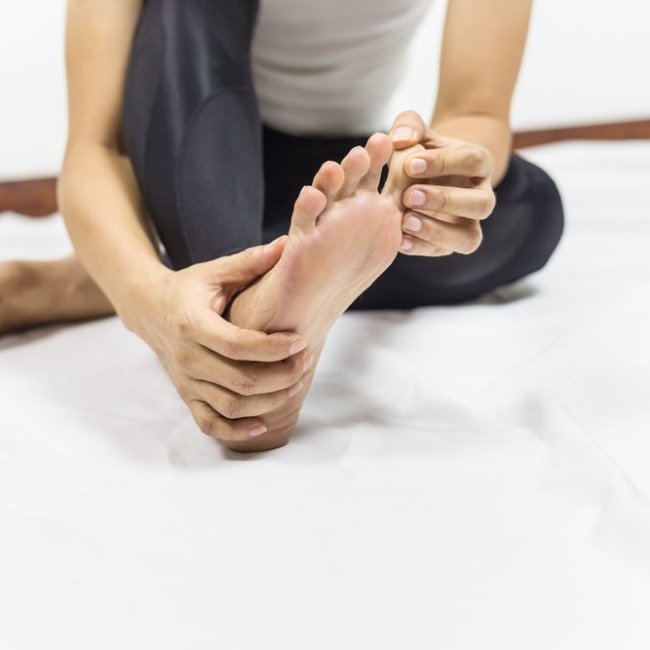


Physicians
Orthopedic Surgery
Foot & Ankle
Body parts
“Turf” toe is so named because it is a condition that started to become more common after artificial turf replaced natural playing fields. It refers to a sprain or injury in or around the main joint of the big toe, and it occurs when the toe is bent upwards with more than usual force. It affects the metatarsophalangeal (MTP) joint in the toe, where the first long bone of the foot meets the first bone of the toe. The joint is held in place by fibrous tissue, ligaments, a tendon, and two small bones, together known as the plantar complex.
The biggest cause of turf toe is instability in the front of your foot when you are moving forward. The injury occurs most frequently on artificial turf, which is harder and less shock absorbent than natural turf. However, any activity in which the front of your foot is planted on the ground while the heel is raised, pushing the big toe into hyperextension, can cause the condition — so dancers, basketball players, and other athletes are also at risk.
Any time you move forward, even in walking, you are transferring your body weight onto the plantar complex area, expecting to use it to push off the ground. But if your toe doesn’t move — if, for example, your cleat gets stuck in the ground — that complex will get injured.
“If you’ve done RICE — rest, ice, compression, and elevation — and you are still in pain, your doctor will most likely do an imaging test like an x-ray, to see if there are any bone problems, or an MRI, to get a clear view of any tissue damage. Once the diagnosis is made, depending on the severity of the injury and how quickly you heal, you may be able to get away with simply adding an orthotic to your athletic shoe. Or you may need to immobilize the area by having a cast put on or wearing a walking boot for several weeks,” says Kevin White, DO, an orthopedic physician at OINJ. “Physical therapy goes along with this as well. Most patients with turf toe respond well to these kinds of conservative treatments. But if you are still in pain, surgery may be an option. Generally this is reserved for severe tears, fractures, or cartilage damage,” says Dr. White.